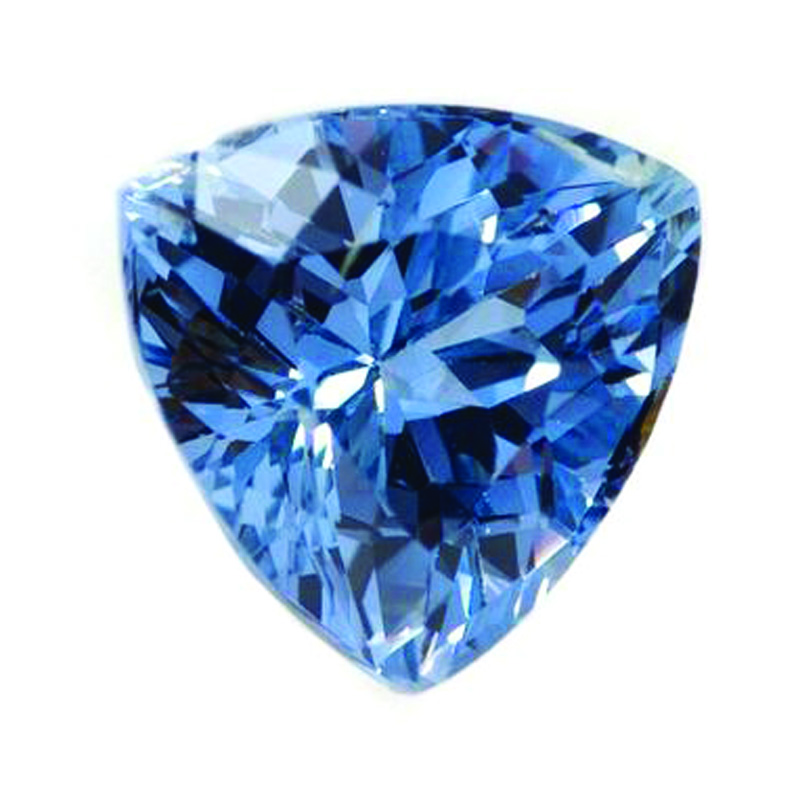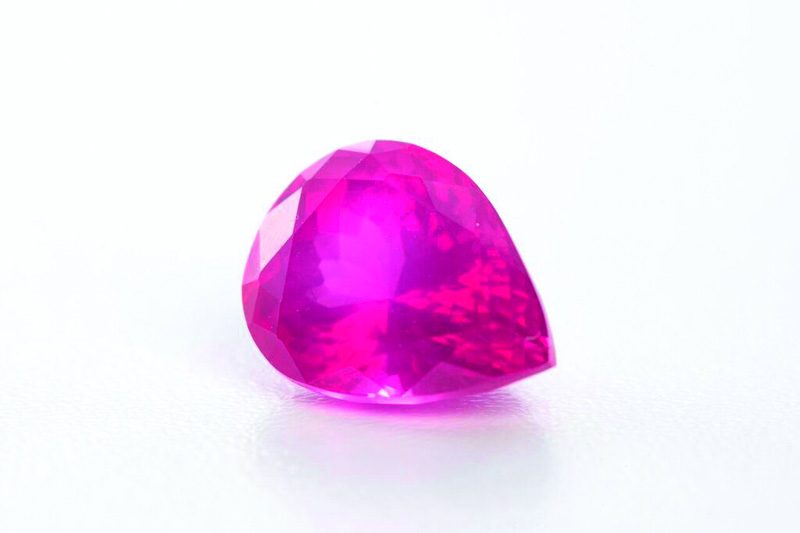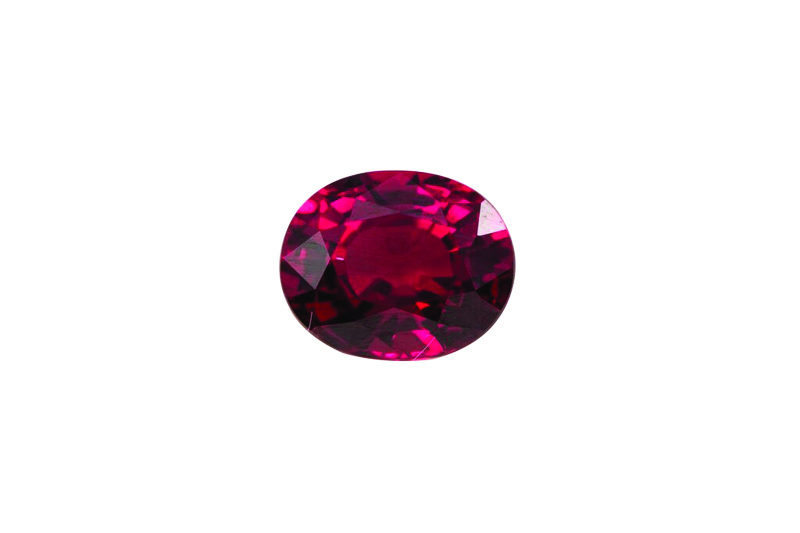Natural vs synthetic
The synthetic spinel was accidentally invented in the mid-1800s, and circulated with a limited production. Through the 1930s, the gemstone began to gain popularity again when it was found in multiple colours imitating stones such as aquamarine, zircon, emerald, and ruby. The first time people started to encounter spinel was when synthetics started to appear as birthstones mounted in inexpensive settings. Today, it’s easy to distinguish natural from synthetic spinels.
Natural spinels have inclusions like small crystals in them, some may have small fractures, and what gemmologists call a diagnostic inclusion. This means if you can see the inclusion in the gem, it can only be a natural spinel. If you find the signature octahedron or double pyramid inside a stone, it’s a diagnostic inclusion for spinel which a synthetic will not have.
However, if you have no luck identifying the gemstone and can’t see any inclusions, a local gemmologist will do the necessary testing to help you determine its nature.
With a fine gemstone like spinel on the market, designers and bench jewellers alike can finally re-define high-end jewellery and offer customers quality gems with few limitations of colour.



Lauriane Lognay is a fellow of the Gemmological Association of Great Britain (FGA), and has won several awards. Today, she is a gemstone dealer working with jewellers to help them best decide the stones for their designs. She is the owner of Rippana Inc., a Montreal-based company working internationally in coloured gemstones, lapidary, and jewellery services. Lognay can be contacted via e-mail at rippanainfo@gmail.com.





